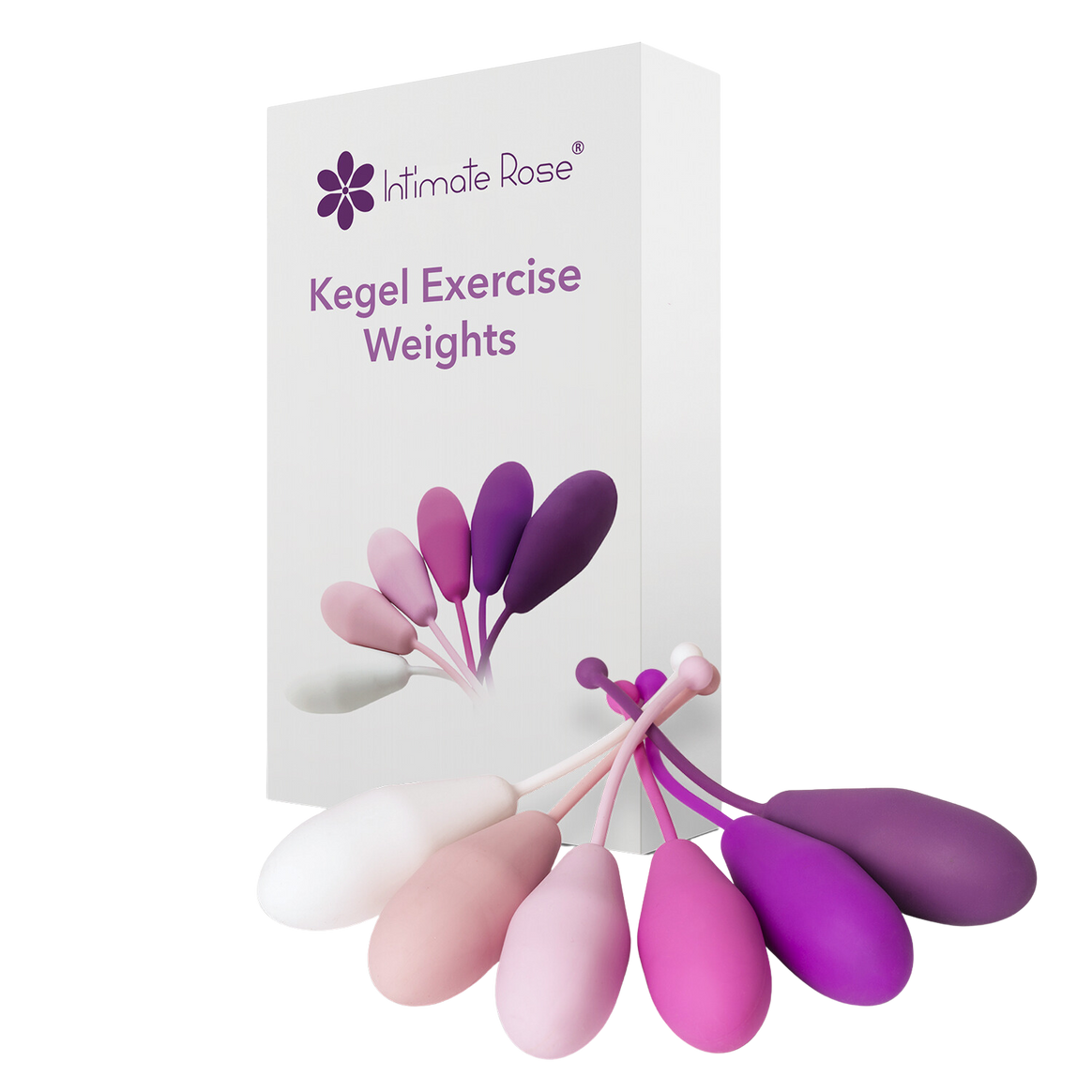Pelvic stretches are helpful in alleviating a myriad of issues and forms of pelvic floor dysfunction ranging from urinary incontinence to pelvic pain issues.
These stretches target each pelvic floor muscle group itself and the surrounding muscles and joints for optimal pelvic mobility. They can easily be done at home with no equipment outside of a mat and a pillow although some may find quicker results when using these in combination with Kegel exercises.
1. Happy Baby

Happy baby is a tension point release stretch that can easily be modified to accommodate different ranges of flexibility. To do Happy baby, begin laying on your back, then bring your feet towards the ceiling, keeping them wider than hip width.
Breath deeply into the sides of the rib cage and the belly. This stretch can be adapted by using a yoga belt or even a bed sheet looped behind the knees to help grasp the legs in the event you cannot yet reach your feet.
2. Child's Pose

Child’s pose can also be adapted to alter the stretch if needed by using a pillow either behind the knees, or in the front fold of the hips. Maintain an easy breath into the sides of the ribs. Visualize a relaxation, dropping, or “letting go” in the pelvic floor.
3. Deep Squat

Deep squat stretch can be done by holding onto the kitchen counter, a chair, or even leaning into a corner of the room for support. Try to keep your feet flat on the ground and spaced slightly wider than your hips.
Drop your hips downward as low as possible and breath into the sides of the rib cage. Envision the pelvic floor opening.
45-Min Online Pelvic Therapy Session, $99 
4. Cat / Cow Stretch

Begin on hands and knees (all fours). Inhale and arch the back, allowing the abdomen to sink downward towards the floor without moving the shoulders or hips.
Next, exhale and press your back up towards the ceiling, rounding the spine and directing the tailbone downward (like an angry cat). Pause, then inhale and reverse back down into the cow position. Repeat 10-20 times.
5. Figure Four Stretch

Figure 4 stretch targets the hip and the muscles of the back of the hip. These muscles share connections to the pelvic floor. Hip mobility is an important component of a healthy pelvic floor.
Begin laying on your back. Cross your right ankle over your left knee and then lift your left knee up towards your chest. Hold for 30 seconds then switch to the other leg. Repeat three times on each leg.
Kegel Weights

6. Adductor Stretch

The adductor muscles are a group of muscles on the inner thigh. They attach onto the inner aspect of the pelvic bone on each side. These muscles are commonly tight in people who experience pelvic pain and vulva or vaginal pain, and those with weak pelvic floor muscles.
To do the adductor stretch, lunge to the left by bending the left knee and keeping the right leg straight. Press your hips back as if you were sitting in a chair and do not allow your left knee to press forward beyond the left foot.
7. Hamstring Stretch

The hamstring muscles are the group of muscles in the back side of the thigh. They bend the knee and extend the hip. They tend to be tight in most people that sit for prolonged periods.
The hamstrings attach to the bony part of the pelvis that you sit upon. Because of this attachment point, when they are tight, they can create tension on the low back, and can place a strain on the pelvis.
Diligence in stretching the hamstrings is a helpful for many musculoskeletal issues. To do this stretch, prop one foot up onto a stool or chair with the knee straight.
Hinge forward at the hips to lean over the stretching leg and keep the spine straight. Hold this position for 30 seconds and repeat on each leg for 3 sets.
These pelvic stretches can be performed 5-7 days per week as part of an ongoing program to maintain a healthy pelvis and pelvic floor muscles.
Be sure to request an evaluation with a physical therapist specializing in pelvic floor dysfunction for a tailored program to meet your goals.
Related:

45-Min Online Pelvic Therapy Session, $99
















